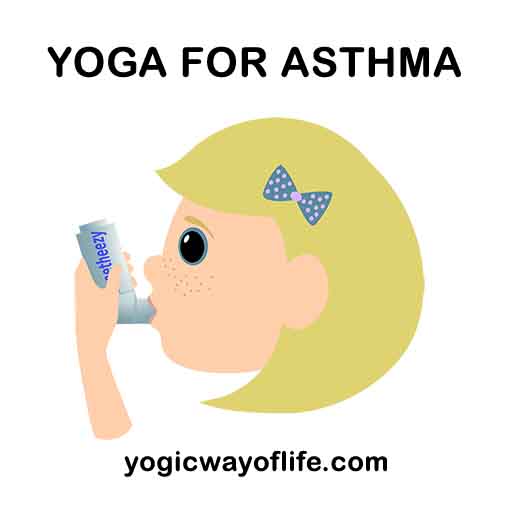Yoga for Asthma conditions involves yoga postures and breathing exercises. Asthma is a respiratory condition characterized primarily by shortness of breath. Inability to inhale and exhale completely is traumatizing. Regular practice of Pranayama could help in improving the lung capacity, thus relieving shortness of breath of a great extent. There are certain yoga poses as well that one could practice to ease stress associated with this respiratory condition, improving the quality of life. Here are some of the yoga poses for asthma.
Yoga for Asthma
While all the poses could help in asthma management, it is advisable to refrain from practicing them while experiencing an asthmatic attack.
Uttanasana is the first pose in the Yoga for Asthma series. As you bend forward from your hips and allow the head to hang freely, blood flows into the brain, unleashing a sense of serenity and calmness. This position calms your nervous system and relaxes your facial muscles.
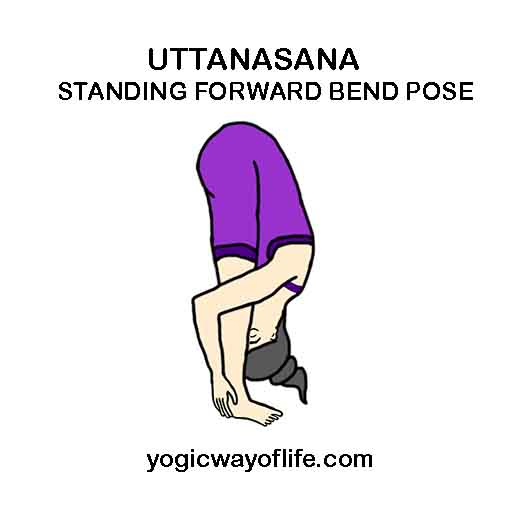
Stand with your feet separated hip-width apart. Align your spine with the neck and head. Engage your navel. Inhale and swing your arms up. While breathing out, bend forward from your hips. Rest your palms on either side of the feet. Rest you abdomen entirely the thighs, but make sure you’re not pressing too hard preventing you from breathing. Allow your head to hand freely between the elbows. Hold the pose for seven to eleven deep breaths.
Paschimottanasana is the next pose in the Yoga for Asthma series. The pose offers benefits similar to Uttanasana as it is the seated version of forward bend.
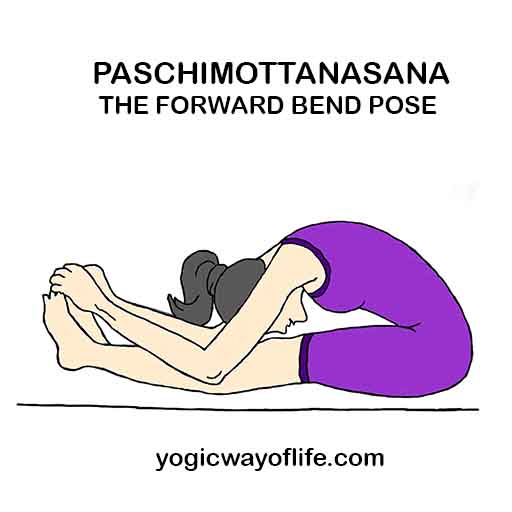
Sit down on the mat and stretch out your legs. Keep your spine straight and long. Align your spine with your head and neck. Taking a deep, slow breath in, lift your arms to the ceiling. While exhaling, bend forward from your hips, lengthening the spine and gazing forward.
Rolling back the shoulders, elongate your spine to rest the abdomen on your thighs, exerting a gentle pressure on the tummy. Hold the big toe using your three fingers, thumb resting on top of the big toe. Breathe deeply, in and out through your nose, as you hold the Asana for eleven breaths. Aim to lengthen the spine with each inhalation and deepen the forward fold while breathing out.
Janu Sirsasana is the another useful pose in the Yoga for Asthma series. It stretches your entire body and could calm your body and mind alike.
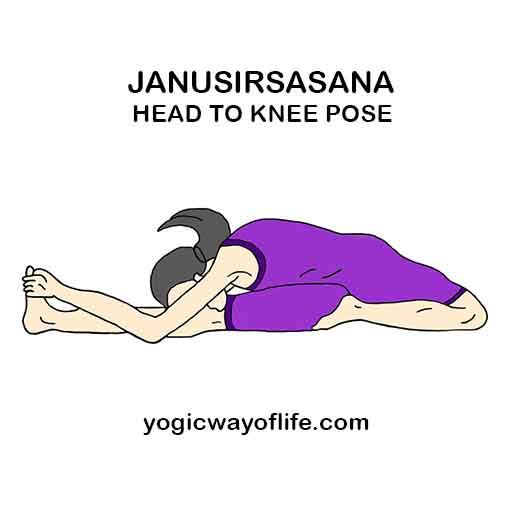
Sit down on the mat and stretch out your legs. Fold your right knee and let the right sole rest on the left inner thigh. Inhale, lift your arms over the head, and lengthen your spine. Exhale and bend forward to your left and hold your left foot from outside. Rest your forehead on the knee. Hold for seven to nine breaths. Inhale, lift your torso and come back to center. Exhale and stretch out your bent knee. Repeat on the other side.
Anulom Vilom Pranayama is the first breathing exercise in the Yoga for Asthma series. It is a simple, yet deep cleansing and balancing breathing practice that soothes the mind and calms your anxiety.
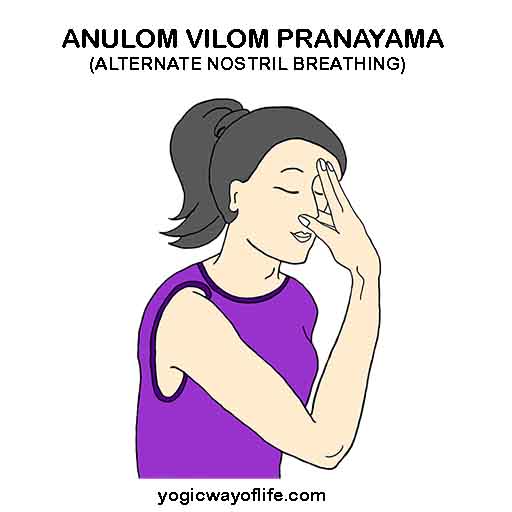
Sit down in any comfortable seated posture. Straighten your spine and roll the shoulders away from your ears. Tuck your chin. Relax your body. Take a couple of breaths at your usual pace to prepare your body and mind for the practice.
Rest your left palm on your left knee. Use your right thumb to close your right nostril. Rest the tips of your right middle and index fingers between the eyebrows. Let the pinky finger point to the ceiling. Use your right ring finger to close the left nostril.
Take 5 rounds of deep inhalations and exhalations. At the end of the fifth inhalation, close your right nostril. Exhale completely through the left one. Inhale through the left nostril for a count of four. Close your left nostril. Open your right nostril and exhale completely for a count of four. Keeping the left nostril blocked, breathe in through the right nostril for a count of four. Now, close your right one, open the left one, and exhale completely.
This completes one round of Anulom Vilom Pranayama. Practice 15 to 20 rounds to soothe your mind and body.
-
Deep Abdominal Breathing
It is breathing technique that pacifies your anxiety and eases stress. The practice teaches you to stay grounded which could help you when an asthmatic attack strikes.
Sit down in any comfortable seated posture. Straighten your spine and roll the shoulders away from your ears. Tuck your chin. Relax your body. Take a couple of breaths at your usual pace to prepare your body and mind for the practice. Rest your palms on your knees.
Focus on your natural breath. After ten rounds on natural breath, slowly start deepening your inhalations. Inhale for a count of six. Allow the abdomen to expand as the air flows in through the nostrils into the tummy. Expel the air your breathed in slowly and completely while completing a count of six. Allow your tummy to shrink, ensuring it falls close to the spine as you breathe out.
Repeat the practice 10 times. Now increase the extent of your in and out breaths and continue practicing for the next ten minutes.
Ujjayi Pranayama is another breathing exercise in the Yoga for Asthma series. It is a restorative breathing practice that could help you to hold Asanas for long durations. It is also known to be therapeutic for asthma and stress management.
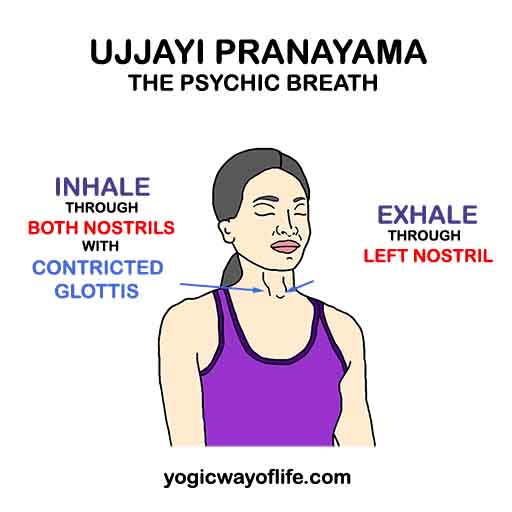
Sit down in a comfortable seated posture. Relax your neck and shoulders. Close your eyes and rest your palms on your knees. Take seven rounds of deep inhalations and exhalations preparing your body for the practice.
Once you feel ready, take a deep, long breath through your nose. Constrict your throat and exhale through the nose, allowing the breath to make an Aaah sound. Relax your throat. Practice this for 10 rounds. Once you get a feel of the practice, constrict your throat for inhalations and exhalations to deepen the practice and reap the benefits of the practice.
Shavasana is the relaxation pose in the Yoga for Asthma series. Allow your body to relax and calm your sense to restore your balance with this powerful rejuvenating pose.
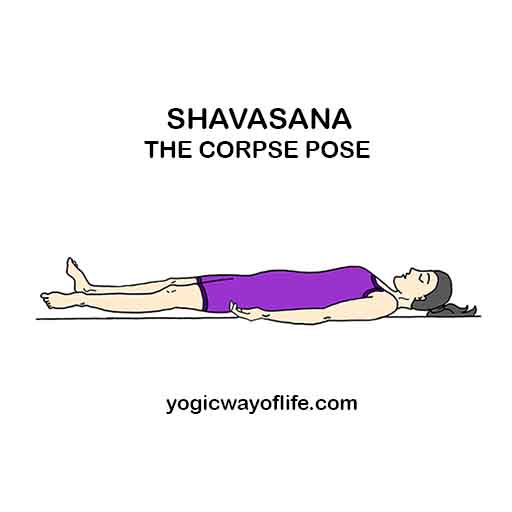
Lie down on your back and stretch out your legs wider than the hips. Permit your feet to fall naturally away from your body, curling your toes towards the floor. Extend your hands away from your body. Let the palms facing the ceiling. Maintain a good distance between your body and armpits so that the latter has sufficient space for breathing. Allow the fingers to curl naturally. Relax your neck.
Close your eyes and breathe deeply, through your nose. Allow your body to relax with each exhalation. With each breath you take in, permit the abdomen to rise and expand, filling up the lungs. Allow your belly to fall close to the spine as you breathe out. Breathe in relaxation. Breathe out anxiety.
Relax your body completely and lie down in Shavasana for three to seven minutes.
Regular practice is essential to achieving the complete benefits of yoga for asthma. So start today and bring a difference to your life now.

